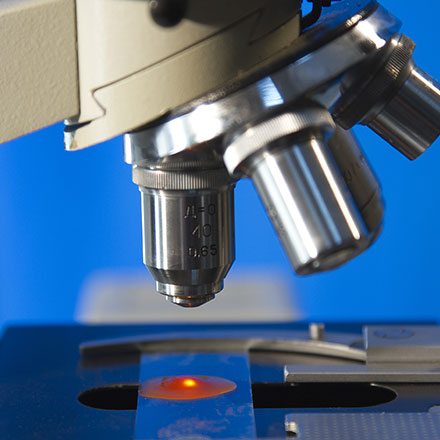|
Thursday, January 10, 2019
|
|

|
|
|

|
This webinar will discuss rapid 3D, multiplexed imaging of large tissue samples, based on recent advances in light-sheet fluorescence microscopy, multiplexed molecular labeling, and optical tissue clearing. It will provide an overview of the various approaches to imaging cleared tissue and organs, along with the advantages and drawbacks of the different methodologies.
Presenter Doug Shepherd will begin with the history of imaging within thick samples, optical tissue clearing, and light-sheet fluorescence microscopy. He will discuss the benefits and difficulties of using light-sheet microscopy for large samples, such as rapid 3D imaging and optical aberrations, respectively. He will describe multiple solutions to the rapid imaging of large samples, developed by his group and others.
New imaging methodologies that automatically adapt the exciting light-sheet and detection optics pathway to the unique optical properties of each cleared sample are critical to achieving deep and clear imaging. Pairing remote focusing or optical defocus with machine vision is one solution that has recently shown promise to providing deep and clear imaging. The advantages and disadvantages of various implementations of a sample adapting light-sheet will be discussed, with suggestions provided on matching sample type and biological question with specific light-sheet fluorescence microscopy implementations.
About the presenter:
Douglas Shepherd, Ph.D., is an assistant research professor at the University of Colorado Anschutz Medical campus. He received a B.S. in physics from the University of California, Santa Barbara in 2003 and a Ph.D. in physics from Colorado State University in 2011. From 2011 to 2013, he held a postdoctoral fellowship at the Center for Integrated Nanotechnologies and Center for Nonlinear Studies at Los Alamos National Laboratory. He heads the Shepherd Laboratory, which focuses on developing and applying new optical tools to understand the role that vascular progenitor cellular heterogeneity plays in the developing brain and lung.
Who should attend:
Scientists, educators, investigators, students, lab managers, and others who are involved in the development or use of microscopy, RNA labeling, developmental biology, or tissue clearing. Optical engineers and designers involved in the development of optical tools for microscopy and 3D and multiplexed imaging. The webinar will be applicable to multidisciplinary projects.
This webinar is sponsored by Applied Scientific Instrumentation Inc. (ASI), PCO-TECH Inc., and Mad City Labs, Inc.
|
|
|
|
Date: Thursday, January 24, 2019
Time: 1:00 PM - 2:00 PM EST
Space is limited. Reserve your Webinar seat now at: https://attendee.gotowebinar.com/register/6518291253418455811
After registering you will receive a confirmation email containing information about joining the Webinar.
|
|
|
SYSTEM REQUIREMENTS
PC-based attendees
Required: Windows® 10, 8, 7, Vista, XP or 2003 Server
Mac® -based attendees
Required: Mac OS® X 10.6 or newer
Mobile attendees
Required: iPhone® , iPad® , AndroidTM phone or tablet, Windows 8 or Windows Phone 8
|
|
|
|
More from Photonics Media
|
|
| |
|
|